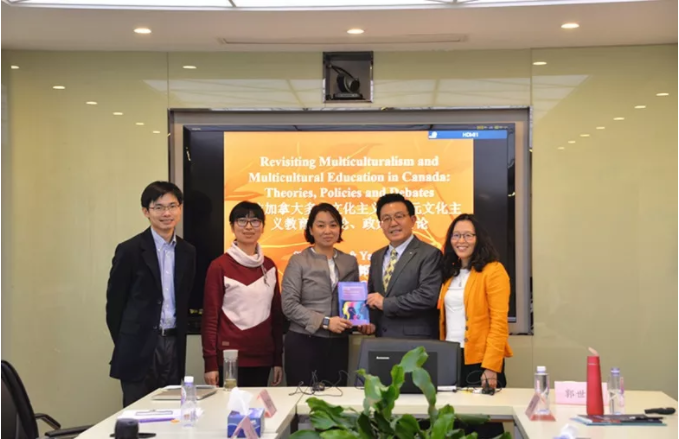Huaxia Curriculum Forum: A Discussion on Multiculturalism Education in Canada
2019-12-06
On the afternoon of November 6, Professor Guo Shibao and Professor Guo Yan from the School of Education of the University of Calgary, Canada, visited ICI. They made a report entitled “Reflection on Multiculturalism and Multicultural Education in Canada: Theory, Policy and Debate”. The forum, presided over by Professor Chen Shuangye, Deputy Director of ICI, attracted numbers of scholars and students of ICI who are interested in multiculturalism and international understanding education.
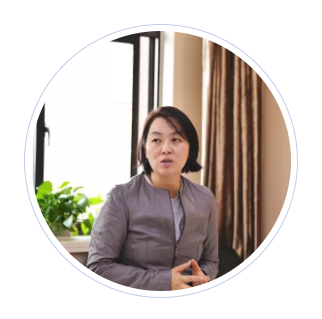
Professor Chen Shuangye
Deputy Director of ICI, ECNU

Professor Guo Shibao believes that multiculturalism is closely related to the immigration history of Canada. Thus, Professor Guo first introduced the basic national conditions of Canada as an immigrant country, as well as the origin of multiculturalism policies and laws formulated in 1971. Then, he further elaborated the five meanings of multiculturalism, that is, as a fact, a national policy, an ideology, a practice and a criticism. On this basis, he introduces the three life stages of the development of multiculturalism in the past 40 years. After experiencing the stage based on the logic of nationality and race, there is an urgent need for Canada to correctly solve the diversity of religion.

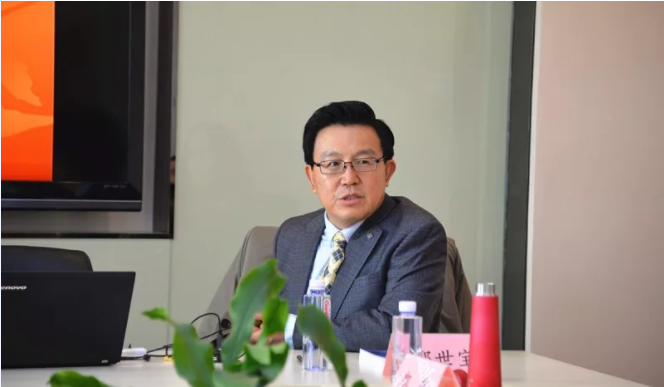
Professor Guo Shibao
School of Education, University of Calgary, Canada

Professor Guo also pointed out that multiculturalism has been attacked in current world situation, many countries have abolished multiculturalism. At the same time, Canada has also launched a series of debates on multiculturalism. Opponents argued that multiculturalism actually exacerbates apartheid and advocate an American-style “melting pot” policy. Supporters believed that multicultural policy is one of Canada’s iconic features, which in fact helped more and more immigrants become citizens.

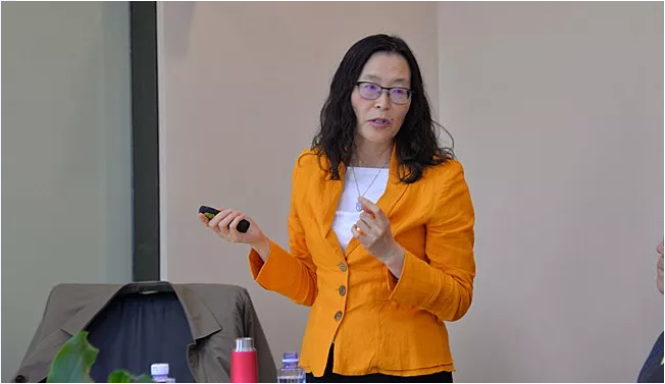
Professor Guo Yan
School of Education, University of Calgary, Canada

Taking language education as an example, Professor Guo Yan introduced multicultural education in Canada. She described in detail the mature bilingual teaching in Canada, the various activities adopted by schools and communities, and the efforts and struggles of immigrants to make their mother tongue an alternative bilingual teaching program. After that, Professor Guo Yan introduced a long-term empirical study on student identity. She believed that it is very important for teachers to affirm students’ multiple identities in a mobile world, especially for children who are experiencing transnational experiences, they do not have to be either one or the other, such as Chinese or Canadians, but can be Chinese and Canadian at the same time.

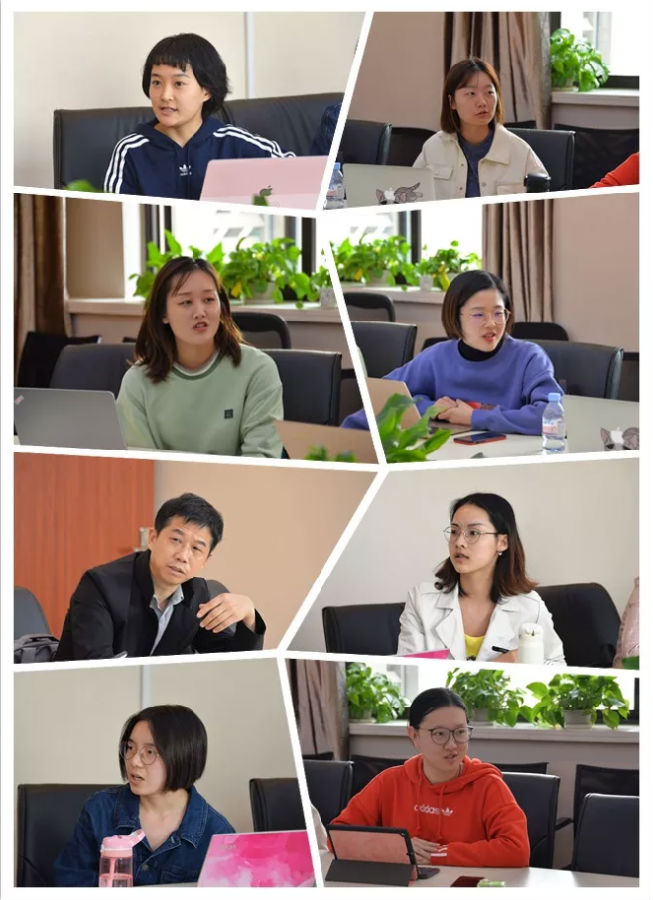
Q&A Session

On the question of whether language learning will affect students’ identity, Professor Guo Yan believed that language is a part of identity, and language is often divided into different classes, and some languages or accents will become weak and disadvantageous. If teachers do not pay attention to a certain language or accent, students will be affected by it. She further responded to such questions as whether students would hide their identity and thus affect their mental health. She encouraged teachers to “see complete children” and create an environment in which children can be proud of their culture and dare to express their identity.

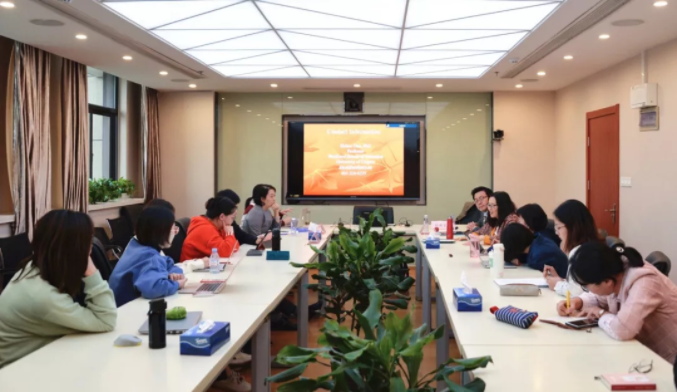

Professor Guo Shibao expanded the concept of “identity” by introducing the “triple glass effect” and the “double discrete effect”. The former refers to the plight of professional immigrants in the plight of unable to certify their academic qualifications, limited application, slim opportunities for promotion or unequal pay for equal work, while the latter refers to the dual identity of both immigrants and returnees among transnational immigrants.

With regard to the question of how students in multiculturalism integrate different identities and find a balanced fulcrum, Professor Guo Yan believed that everyone is different and the situation is very important. On this basis, she affirmed the pursuit of cultural equality in the “third culture” model, revealed its defects of over-idealization, and encouraged students to understand the relevant theories before critical thinking when carrying out the study of multiculturalism and international understanding.

